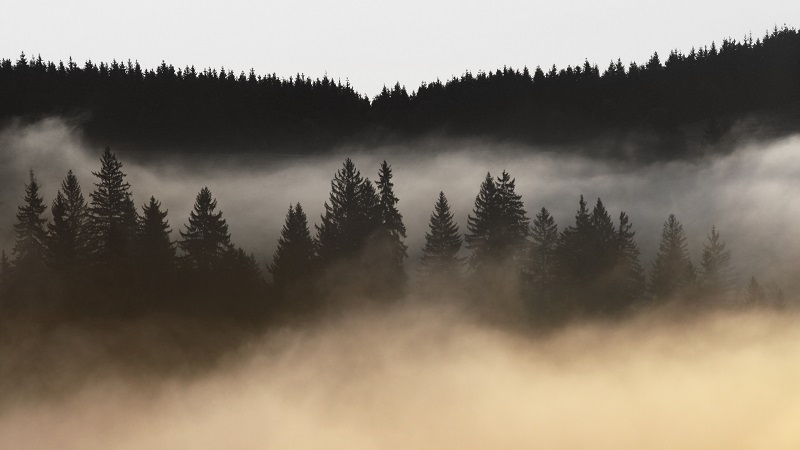By rights, stock markets should not have recovered over the past two weeks. The Ukrainian crisis is still raging, central banks have raised interest rates, valuations remain far from compelling and there are multiple threats to global economic recovery. Yet, the MSCI All Country World index is back to pre-invasion highs.
The bulls will point to the potential for a ceasefire in Ukraine. Certainly, there has been tentative progress: Ukraine has agreed that it will not seek to become part of NATO, while Russia is no longer requesting that Ukraine be ‘denazified’. However, in the meantime, the fighting continues to worsen, with rumours that Russian troops are planting landmines, may use chemical weapons and are committing atrocities that would qualify as genocide.
There has also been some levelling off in commodity price rises. The greatest fear for many economists had been that a sustained oil price rise would push the global economy into recession. However, the price for Brent Crude is now well below its peak in early March and appears to have stabilised at around $105. It is perhaps no coincidence that the market rally has coincided with this stabilisation.
Equally, to date, there has been no notable deterioration in either the economic outlook or in corporate earnings. Last week saw a buoyant release from the US Commerce department showing that average profits surged 35% in 2021, driven by strong household demand and government cash. It said in each quarter, overall profits margins stayed above 13%, which has only happened one other time in the past 70 years.
‘We’re not out of the woods yet’
Nevertheless, this is backward-looking, as are most of the economic statistics emerging. Steven Bell, chief economist at BMO Global Asset Management, says that there will be more clues from the eurozone and UK PMIs released on Thursday.
He adds: “These will be the first indication of the scale of economic damage wrought by the war in Ukraine. The numbers may be disappointing, but it is worth bearing in mind that the global economy was looking very good going into the war.”
He says that inflationary pressures are still in play, but pressures may start to ease as comparative figures become less challenging. However, he says central banks will struggle to bring inflation down to target levels without causing a slowdown, even if inflation is close to its peak.
In the meantime, bond yields continue to rise in anticipation of higher inflation and interest rates. Bell adds: “Higher bond yields may slow the housing market…We’re already seeing signs of that slow down, albeit from a red hot starting position. That said, in the bigger picture, mortgage rates are still pretty low. Consumers have still got big Covid piggy banks. We believe the US economy will continue to grow firmly.”
This perhaps suggests that the recent rally could continue. However, Bell admits to being ‘bemused’ about the recent rise in share price and points out that many analysts have yet to revise their earnings estimates to factor in the war in Ukraine. His view? “I don’t think we’re out of the woods yet”.
Heightened risks to earnings growth not being reflected in equity valuations
Mike Wilson, chief investment officer for Morgan Stanley gives an even starker assessment. “It makes little sense for the equity risk premium to be so low right now, given the heightened risks to earnings growth from a rise in cost pressures, payback in demand, and a war that has structurally increased the price of food and energy. While stocks are a good hedge from higher inflation, keep in mind that inflation from food and energy is bad for most companies as it acts as a tax on consumers.
“Only energy and materials companies really benefit from this kind of inflation but they make up a very small slice of the index. Some may argue technology companies are less affected, but we’re sceptical as they will feel it too in lower revenues if the consumer spending fades.”
Wilson also calls out high valuations, which – in his view – are not isolated to just a few sectors, but are a feature of stock markets generally. He adds: “The lower equity risk premium is present across all sectors except energy and materials, and these are the two biggest beneficiaries of high commodity inflation. In some ways, the low equity risk premium for these sectors is simply saying the market does not believe the recent boost to earnings and cash flow is sustainable, due to either demand destruction or the eventual supply response.” He remains firmly bearish on the S&P 500 index, particularly after the recent rally.
Part of the reason why markets have rallied may be that there are precious few alternatives for investors’ cash. Cash savings are a major risk in an environment of soaring inflation. Fixed income markets continue to look treacherous as interest rates rise, while other markets are not liquid enough to support large-scale investment. As such, equities win the ‘least worst’ option. This is a fragile argument for stock markets.











